Introduction:
Lantau Island (also Lantao Island; Chinese: 大嶼山) is the largest island in Hong Kong, located at the mouth of the Pearl River. Administratively, most of Lantau Island is part of the Islands District of Hong Kong. A small northeastern portion of the island is located in the Tsuen Wan District. Originally the site of fishing villages, the island has been developed in recent years with the construction of Tung Chung New Town on its north-western coast and the completion of several major infrastructure projects, including Lantau Link (1997), Hong Kong International Airport (1998), Hong Kong Disneyland (2005) and Ngong Ping 360 (2006). With a land mass of 147.16 square kilometres (56.82 sq mi), it is the largest island in Hong Kong,[1] almost twice the size of Hong Kong Island. Lantau Island primarily consists of mountainous terrain. Lantau Peak (934 metres (3,064 ft)) is the highest point of the island.[1] It is the second highest in Hong Kong, after Tai Mo Shan, and is almost twice the height of Victoria Peak. Other mountains include Sunset Peak at 898 m (2,946 ft), Lin Fa Shan at 766 m (2,513 ft), Nei Lak Shan at 751 m (2,464 ft) and Yi Tung Shan at 747 m (2,451 ft). Lantau Island is often referred to as "the lungs of Hong Kong", because of its abundance of indigenous forest and relative scarcity of high-rise residential developments which characterise Hong Kong Island and Kowloon. The largest country park of Hong Kong, Lantau South Country Park is located on the island, which hosts two other parks, namely Lantau North Country Park and its extension. These parks cover slightly more than half of the area of Lantau Island. Shek Pik Reservoir is the fourth largest freshwater reservoir in Hong Kong. Completed in 1963, it covers an area of 1.01 km2 (0.4 sq mi) and has a capacity of 24,500,000 m3 (865,209,000 cu ft).[1] Fan Lau Kok at the end of Fan Lau Peninsula is the southwest end of the territory of Hong Kong. The small island of Peaked Hill, off Tsin Yue Wan (煎魚灣), marks the westernmost point on the land of Hong Kong territories. Lantau Island has a relatively low population density, with a population of 45,000, compared to 1.4 million on Hong Kong Island.[citation needed] Settlements are scattered throughout the island and each has its own distinctive characteristics. The completion of the Hong Kong International Airport at Chek Lap Kok in 1998 has led to economic development in north-western Lantau; the once quiet village of Tung Chung became a new town and is now home to over 25,000 people located in 30 to 50 storey high-rise housing estates and condominiums located near the airport. Over the next few years, the population of the North Lantau New Town is expected to increase to a target population of over 200,000 across 7.6 km2 (2.9 sq mi) of reclaimed land stretching from Tung Chung to Tai Ho.[citation needed] Discovery Bay is a privately owned residential development located on the south-eastern coast of Lantau. It has a current population of around 14,300 residents from over 30 different countries, giving it a reputation as an expatriate enclave. Other settlements include Mui Wo, Tai O, Tong Fuk, Sha Lo Wan villages, Pui O villages, Luk Keng Village, Nim Shue Wan Village, San Shek Wan and The Sea Ranch.
No.8 subway
Lantau Island (also Lantao Island; Chinese: 大嶼山) is the largest island in Hong Kong, located at the mouth of the Pearl River. Administratively, most of Lantau Island is part of the Islands District of Hong Kong. A small northeastern portion of the island is located in the Tsuen Wan District. Originally the site of fishing villages, the island has been developed in recent years with the construction of Tung Chung New Town on its north-western coast and the completion of several major infrastructure projects, including Lantau Link (1997), Hong Kong International Airport (1998), Hong Kong Disneyland (2005) and Ngong Ping 360 (2006). With a land mass of 147.16 square kilometres (56.82 sq mi), it is the largest island in Hong Kong,[1] almost twice the size of Hong Kong Island. Lantau Island primarily consists of mountainous terrain. Lantau Peak (934 metres (3,064 ft)) is the highest point of the island.[1] It is the second highest in Hong Kong, after Tai Mo Shan, and is almost twice the height of Victoria Peak. Other mountains include Sunset Peak at 898 m (2,946 ft), Lin Fa Shan at 766 m (2,513 ft), Nei Lak Shan at 751 m (2,464 ft) and Yi Tung Shan at 747 m (2,451 ft). Lantau Island is often referred to as "the lungs of Hong Kong", because of its abundance of indigenous forest and relative scarcity of high-rise residential developments which characterise Hong Kong Island and Kowloon. The largest country park of Hong Kong, Lantau South Country Park is located on the island, which hosts two other parks, namely Lantau North Country Park and its extension. These parks cover slightly more than half of the area of Lantau Island. Shek Pik Reservoir is the fourth largest freshwater reservoir in Hong Kong. Completed in 1963, it covers an area of 1.01 km2 (0.4 sq mi) and has a capacity of 24,500,000 m3 (865,209,000 cu ft).[1] Fan Lau Kok at the end of Fan Lau Peninsula is the southwest end of the territory of Hong Kong. The small island of Peaked Hill, off Tsin Yue Wan (煎魚灣), marks the westernmost point on the land of Hong Kong territories. Lantau Island has a relatively low population density, with a population of 45,000, compared to 1.4 million on Hong Kong Island.[citation needed] Settlements are scattered throughout the island and each has its own distinctive characteristics. The completion of the Hong Kong International Airport at Chek Lap Kok in 1998 has led to economic development in north-western Lantau; the once quiet village of Tung Chung became a new town and is now home to over 25,000 people located in 30 to 50 storey high-rise housing estates and condominiums located near the airport. Over the next few years, the population of the North Lantau New Town is expected to increase to a target population of over 200,000 across 7.6 km2 (2.9 sq mi) of reclaimed land stretching from Tung Chung to Tai Ho.[citation needed] Discovery Bay is a privately owned residential development located on the south-eastern coast of Lantau. It has a current population of around 14,300 residents from over 30 different countries, giving it a reputation as an expatriate enclave. Other settlements include Mui Wo, Tai O, Tong Fuk, Sha Lo Wan villages, Pui O villages, Luk Keng Village, Nim Shue Wan Village, San Shek Wan and The Sea Ranch.
No.8 subway
Top Things to Do in Lantau Island

Where is Lantau Island



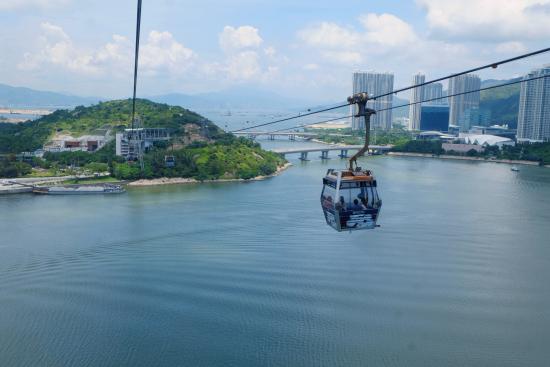
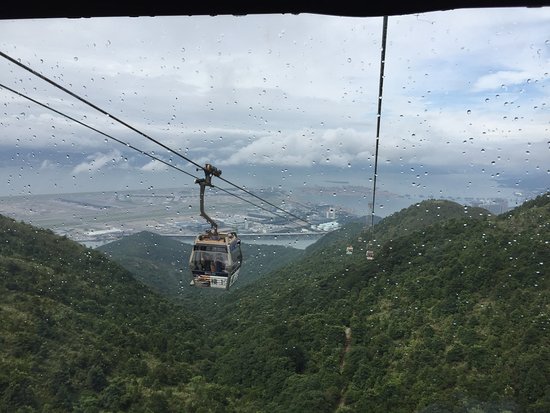
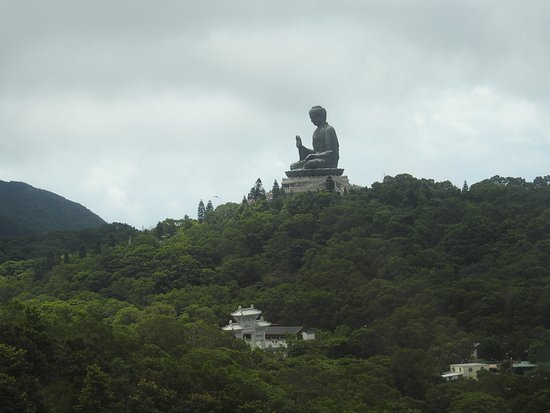
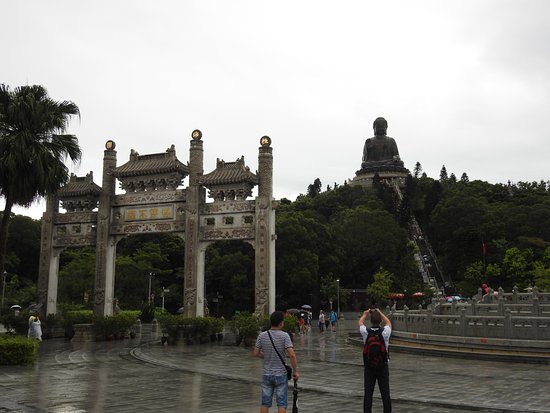
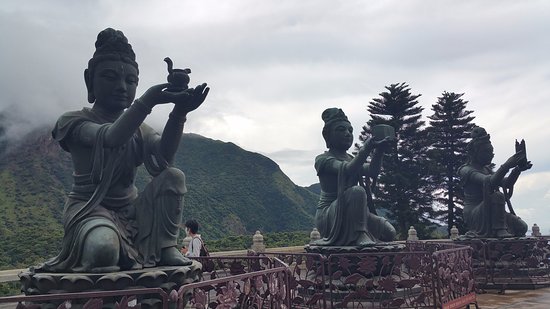






Reviews (10)